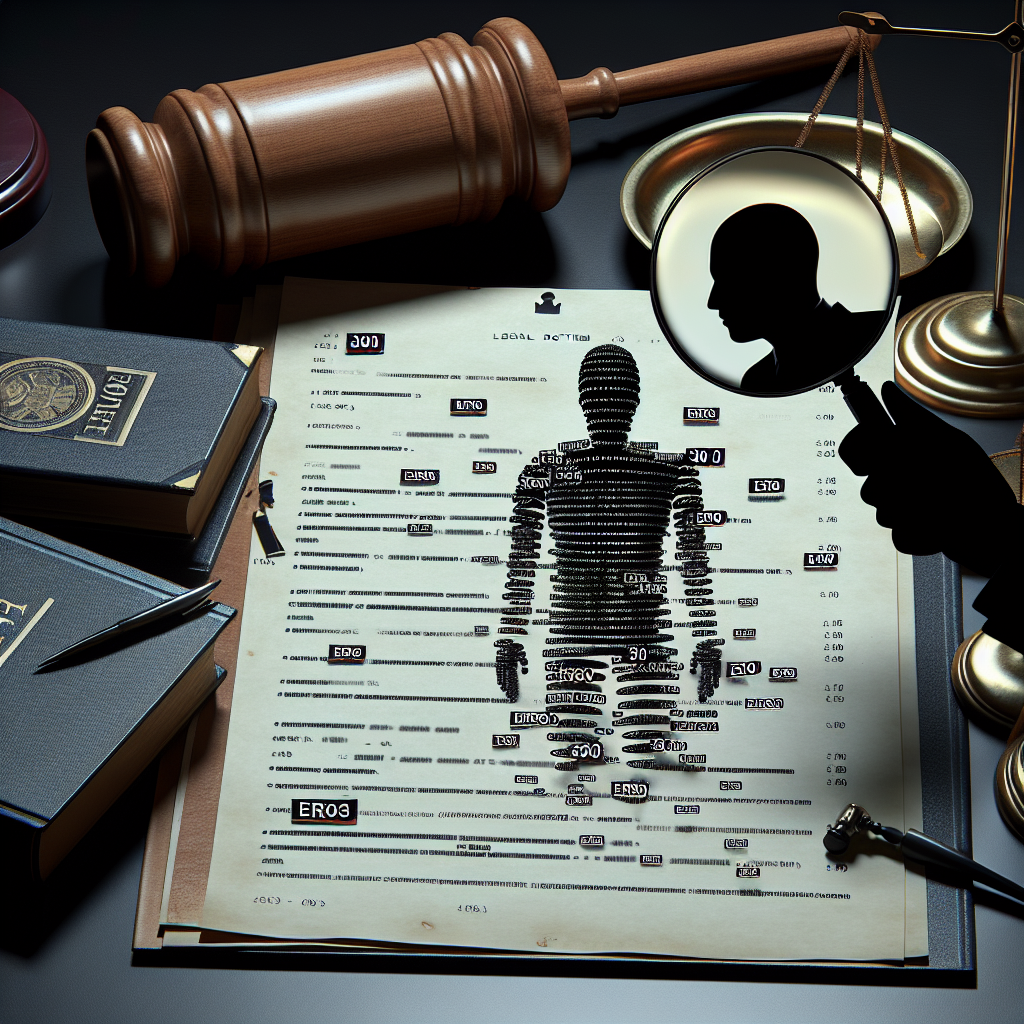AI-Generated Legal Brief Contains 30 Errors, US Judge Discovers
AI-Generated Legal Brief Contains 30 Errors, US Judge Discovers
Overview
A recent incident involving an AI-generated legal brief has raised concerns about the reliability of artificial intelligence in the legal field. A US judge discovered that a legal document, created using AI, contained 30 significant errors, sparking a debate on the role of AI in legal practices.
Key Findings
- Error Count: The AI-generated brief contained 30 errors, highlighting the potential pitfalls of relying solely on AI for legal documentation.
- Types of Errors: The errors ranged from factual inaccuracies to misinterpretations of legal precedents, which could have serious implications in a legal context.
- Judicial Response: The judge expressed concern over the use of AI in legal proceedings without adequate human oversight.
Implications for the Legal Industry
The discovery of errors in the AI-generated brief has prompted a reevaluation of AI’s role in the legal sector. Key implications include:
- Need for Human Oversight: The incident underscores the importance of human review and oversight when using AI tools in legal processes.
- AI Limitations: It highlights the current limitations of AI in understanding complex legal language and context.
- Future Developments: The legal industry may need to develop stricter guidelines and standards for AI usage to prevent similar issues.
Conclusion
The discovery of 30 errors in an AI-generated legal brief serves as a cautionary tale for the legal industry. While AI offers potential benefits in terms of efficiency and cost-effectiveness, this incident highlights the critical need for human oversight and the development of robust standards to ensure accuracy and reliability in legal documentation.














